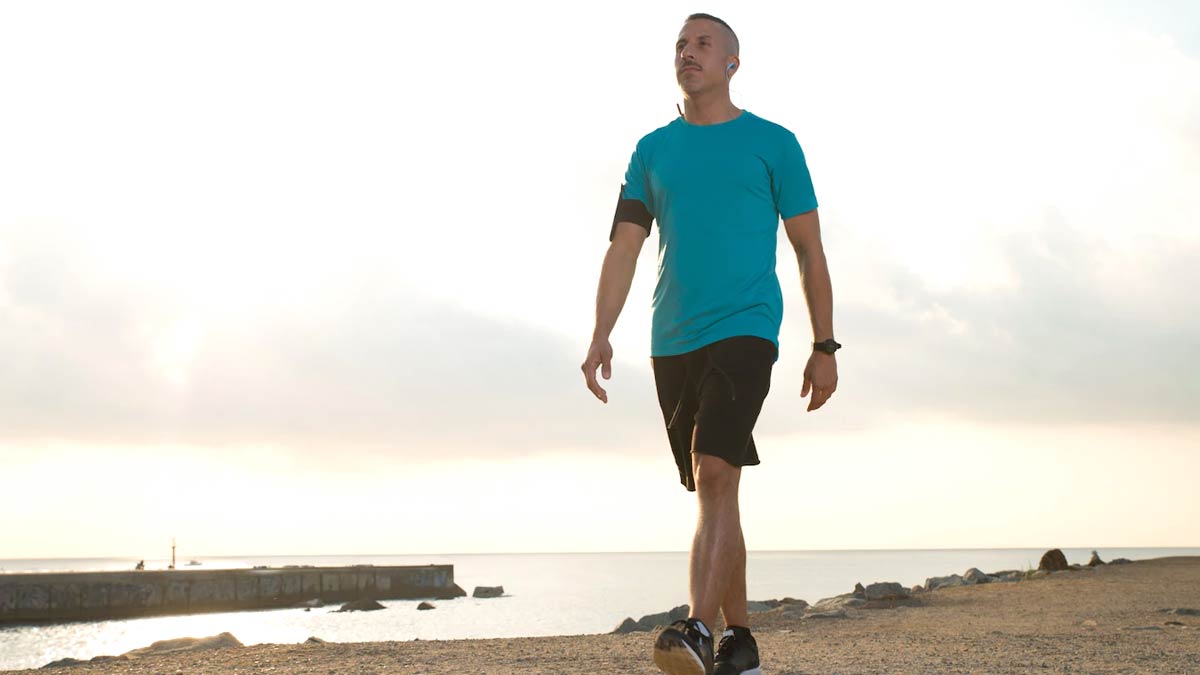
When it comes to shedding those extra pounds, walking and cycling are two of the most popular and accessible forms of exercise. Both provide excellent cardiovascular benefits, improve overall fitness, and help with weight loss. But which one is more effective for faster weight loss? Let’s compare the two in terms of calorie burn, muscle engagement, impact on metabolism, and sustainability.
Table of Content:-
Calorie Burn: Cycling Takes the Lead
Calorie burn is a crucial factor when trying to lose weight. Cycling generally burns more calories per hour compared to walking. A person weighing around 155 pounds (70 kg) burns approximately:
Walking (3.5 mph): 300 calories per hour
Cycling (moderate pace, 12-14 mph): 600-700 calories per hour
Cycling, especially at a higher intensity, can lead to a greater calorie deficit, which is essential for weight loss.

Also Read: Can Natural Drinks Relieve Period Pain? Find Out Here
Muscle Engagement and Strength
While both walking and cycling engage the lower body muscles, cycling provides greater resistance training for the quadriceps, hamstrings, and calves. Walking, on the other hand, engages the core muscles and helps improve posture.
Cycling builds more muscle in the legs compared to walking, and since muscle burns more calories at rest than fat, cyclists may experience a slight boost in metabolism over time.
Impact on Metabolism
Walking is a weight-bearing exercise, meaning it helps improve bone density and engages more muscles throughout the body. However, because cycling generally involves higher intensity and resistance, it can contribute to greater post-exercise calorie burn (the afterburn effect), where the body continues burning calories even after the workout ends.

Also Read: Can Natural Drinks Relieve Period Pain? Find Out Here
Sustainability and Accessibility
Walking is more accessible for most people, as it doesn’t require any special equipment beyond a good pair of shoes. It also lower impact, making it ideal for those with joint issues or injuries.
Cycling, while more effective for faster weight loss, requires a bike and sometimes a safe environment to ride. It’s a great option for those looking for a fun, fast-paced workout that can also double as a mode of transportation.
Which One Is Better for Faster Weight Loss?
If your goal is to lose weight quickly, cycling is the better option due to its higher calorie burn and metabolism-boosting effects. However, walking can still be an effective weight-loss tool, especially when combined with a healthy diet and consistency.
Ultimately, the best exercise is the one you enjoy and can sustain over time. A mix of both—cycling for high-intensity workouts and walking for active recovery—can offer a balanced approach to weight loss and overall fitness.
Final Verdict: If speed is your priority, hop on a bike. But if you prefer a low-impact, accessible option, lace up your walking shoes and hit the pavement!
Also watch this video
How we keep this article up to date:
We work with experts and keep a close eye on the latest in health and wellness. Whenever there is a new research or helpful information, we update our articles with accurate and useful advice.
Current Version